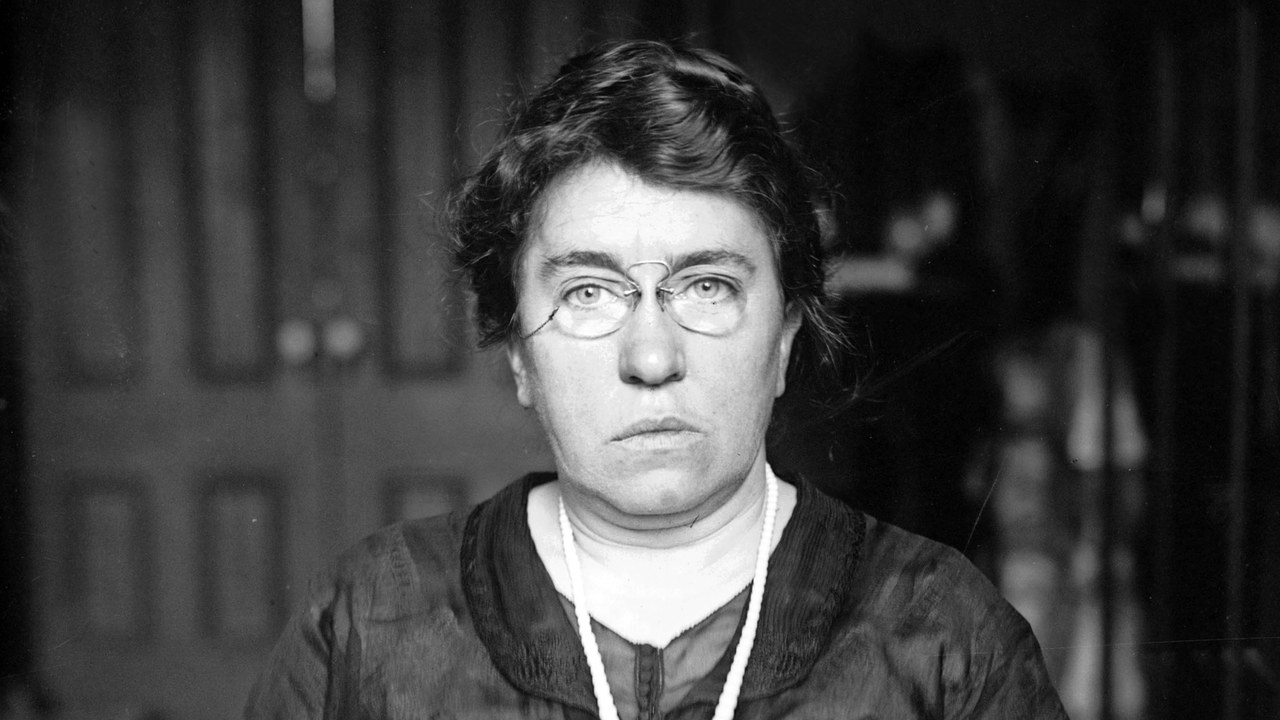150 years ago today, a little girl was born into a Jewish ghetto in a western corner of the Russian Empire. Due to her gender, her religion, and her family’s lack of resources, the course of her life seemed preordained—marriage, toil, children, an early death. Higher education was a luxury that her family deemed unnecessary; her father told her that “all a Jewish daughter needs to know is how to prepare gefilte fish, cut noodles fine, and give the man plenty of children.” As a Jewish woman in Tsarist Russia, her life was perpetually under threat; a rash of bloody pogroms broke out in 1881, and she bore witness to the violent antisemitism that continued to plague her homeland after she emigrated to the States in 1885 at age 16 in search of freedom.
Despite those seemingly insurmountable odds, she grew up to become one of history’s best-known anarchists and fiercest feminist voices. She was born on June 27, 1869 in Lithuania and as a teenager in Rochester, NY and later in New Haven, CT, worked in a factory. She traveled in radical circles, eventually landing in New York City’s vibrant Lower East Side, which was a hotbed of anarchist organizing.
As an adult, her speeches and writings on workers’ rights, revolution, and women’s oppression struck fear into the powers of state and capital, leading the press to christen her “Red Emma”. FBI director J. Edgar Hoover called her “the most dangerous woman in America.” As an elder, she continued to fight for anarchism, feminism, workers’ rights, and collective liberation until her last breath at age 70.
Her name was Emma Goldman. The footprints she left cannot be measured.


